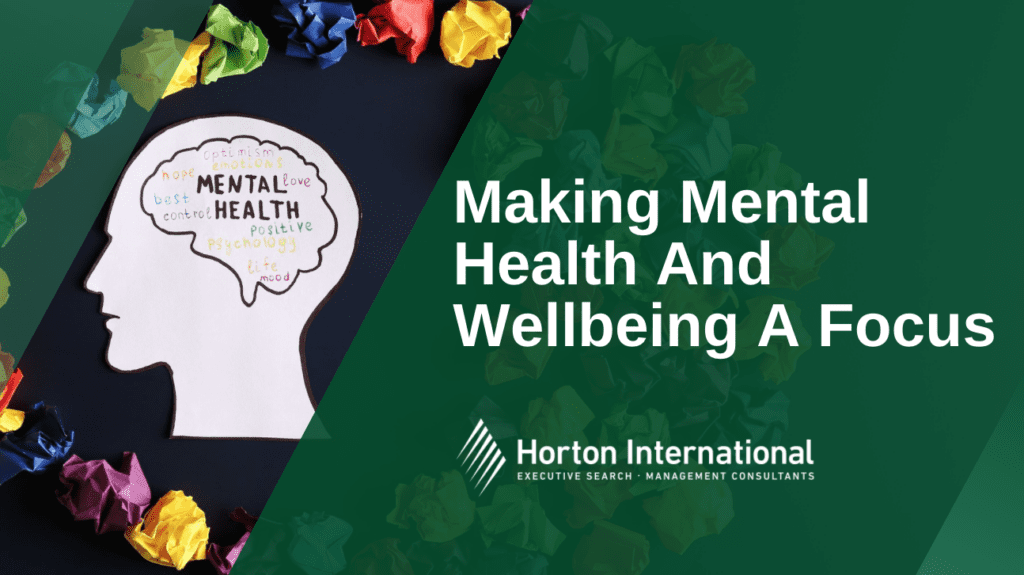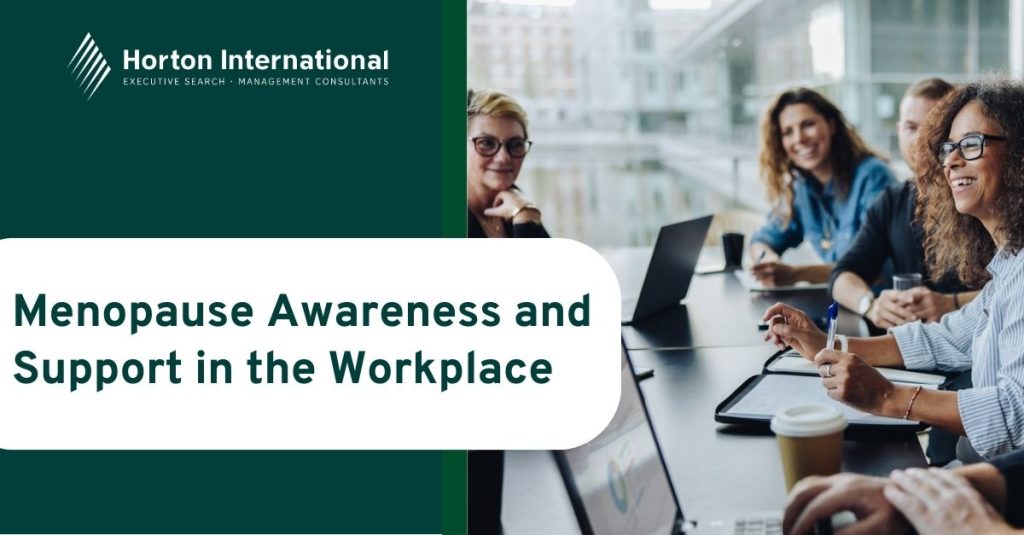Key Insights
- Worldwide, two-thirds of women report extreme stress
- The pandemic has disrupted access to most mental health services globally
- Only 15% of managers consider employee wellbeing a priority
There is no argument that the pandemic has forced employers to consider employee wellbeing in a whole new way.
For a start, safety measures have become a much more prominent part of every workplace. It’s been to such an extent that some workplaces are now deserted. However, with the strain the world is putting on everyone, companies must begin to look beyond reactionary physical measures.
Programs to support employee mental health and wellbeing have often been seen as nice-to-haves. However, with a rise in stress and pressure being applied from all directions, these programs are becoming a necessity.
The Scale Of The Problem
The incidence of people with mental health concerns has been steadily increasing for years. Some of this is to do with improving reporting rates, but that is certainly not enough to explain away the massive jump in numbers found in the UK. Just one month into the first lockdown, the number of people reporting clinically significant levels of mental distress leapt from 18.9% to 27.3%.
When you look closer at these numbers, you see that women, young people, and those with preschool-aged kids at home are the hardest-hit groups. Studies show that one in three women experiences severe mental health concerns. Worldwide, two in three women are reporting extreme stress levels.
It can be tempting to think that all of this rise in mental health concerns is due to job losses. Or perhaps young people who are entering the job market during the pandemic. But it’s clear that having stable employment by no means innoculates workers from the damaging effects of lockdowns, social distancing, and health fears.
This is especially concerning as 67% of countries are reporting disruptions to their mental health services such as counselling and therapy.
Is Mental Health A Priority At Work?
While it’s clear that there is a problem, workers and management aren’t necessarily in agreement about how much of a priority it is. When asked about the most critical outcomes for the next three years, workers ranked improving employee wellbeing in the top three. On the other hand, managers ranked it second to last.
If we look more closely at the managers, we find that only 15% consider employee wellbeing a priority. HR managers are a little more on the ball, but only 20% believe it’s a priority.
If companies want to continue getting the most out of their employees while preventing burnout on a large scale, these attitudes need to change.
Changing Corporate Attitudes
In an interview, Dr Santrupt Misra, shared his thoughts on corporate attitudes towards employee wellness.
He told us that there’s always been a normal distribution of approaches. Some are proactive and getting ahead in terms of employee wellness, and others are doing very little and not caring. Then, of course, a large number in the middle. Now there appears to be a shift. Both companies in the middle and the proactive group are doing more for employee wellness.
Dr Santrupt Misra described the growth in awareness, willingness to invest, and willingness to experiment with new offerings and services. This change in attitude appears to be happening across the globe in all sorts of businesses. There is a trend of employees leading and companies providing support.
What Getting It Right Looks Like
Gallup spoke to over 200 CHROs (Chief Human Resource Officers) from large organisations about their mental health and wellbeing approach. Some of the top suggestions to come from this report include:
Employee Assistance Programs (EAPs)
Many organisations may already have EAPs in place. However, there was agreement that a good place to start is by expanding these existing programs. It’s also essential to communicate the existence of these programs to employees.
Accenture has long been a leader in using EAPs as a tool for improving employee wellbeing and mental health. They achieved this by having specific targets of improving nutrition, hydration, digestion, and sleep and mental health. Their extensive EAP programs build around these pillars and have given them a world-renowned culture of employee wellbeing.
Take The Pulse of Your Company
There is nothing more effective than asking your employees how they’re doing. Intermittent touchstone surveys were identified by the CHROs as an effective tool to identify teams where there may be wellbeing concerns. With this information, you can act before problems become unmanageable.
Train Your Managers
Managers are the first port of call for most employees who are struggling. This means that your managers can find themselves having a lot of difficult conversations. Instead of leaving them to deal with it alone, the CHROs advocate for upskilling. Train your managers on how to talk about mental health, how to do a mental health check-in, and allow them to brush up on their soft skills.
Strategies That Work
The right strategy for your company may look different from another’s. It’s crucial that whatever you do is designed to work for your employees and your managers. If you don’t get buy-in across the company, it doesn’t matter how amazing the idea is; it will fail. With that in mind, it’s important to have a toolkit of options at your disposal.
Starting from an organisational level will allow you to plan your work systems. You can embed wellbeing from the top down. This doesn’t mean it’s done as a dictate to workers, though. For instance, one effective option is to form teams around worker preferences and needs. Smoothly functioning teams can reduce a lot of day-to-day stress for everyone involved.
Embedding wellbeing into every aspect of your processes means that workers opting out or slipping through the cracks is less likely. You can add wellbeing and mental health criteria to standard agendas, performance reviews, and reward programs.
Give your teams the freedom to choose the wellbeing practices that work for them. Offering choices is a good start, but try to be open to suggestions as well. An easy way to give your staff agency is to mandate micro-breaks. They can choose how to best use these. At a minimum, step away from their work for a moment and just breathe.
Ultimately, focusing on mental health and wellbeing is not only the right thing to do; it’s also good business. Stressed and unhealthy workers are less productive and cost companies money. Whatever motivates you to improve health and wellbeing, it’s clear that organisations can’t ignore the situation any longer.








